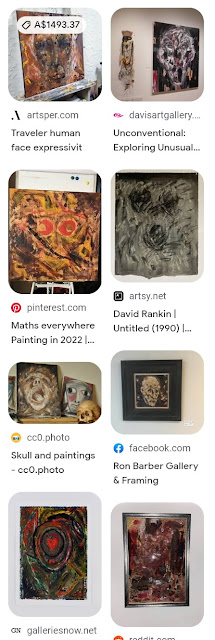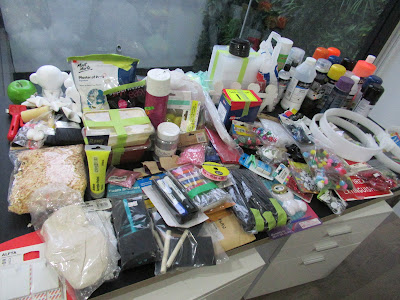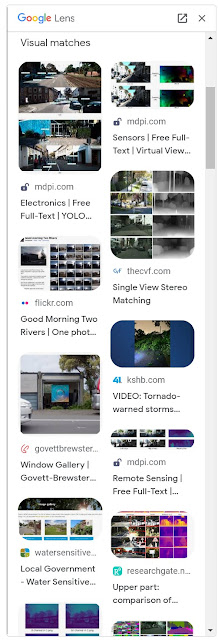It’s been a week since I started playing with line and Posca pens. A Mitsubishi product, Poscas are like a cross between a Biro and a paintbrush, delivering a heavy, colourful and permanent mark on any surface. I was kindly introduced to Poscas by Sophie Gee, who took one of our Esag classes, she even gifted me several for me to use but I’d already gone to buy some so had a selection of colours to work with. I showed Sophie what I’d done and she was enthusiastic, something very nice to hear.
Basia, another friend, also liked the paintings and I did two using Japanese sayings given to me by my family in Japan.
I wanted to use Japanese for several reasons, partly because you can fit more text in the same space with Japanese. What I found as well is that it’s a lot of fun to make the complex Chinese characters that Japanese uses, I find being successful at executing a clip without damaging the unit’s integrity (though as Basia said you can always glue it in place even if you rip it) as much fun as making a good couplet when writing poetry.
It's a matter of skill.
I had by this time come up with a process that starts with identifying the saying to render. Once this is done I can think of what image I want to make to accompany the script, then I draw it on two sheets of pre-folded A4 paper so that just using pencil I can make a model of what I’ll paint with water – even before I’ve wet my brush.
I get a sheet of A5 paper ready and paint in the outline required to make the shape I want, using plain clean water. I then apply colours to the wet patch and repeat the process on all of the remaining sheets.
Now comes the time to wait, as the water has to partially dry before I fill in the body of the image I’ve outlined in negative using bright colours, often including gold. In about five minutes the paper will be ready for the second coat, applied with the same brush to the remaining (empty) spaces, with me making sure to keep some of the white still visible so that the existence of the object isn’t completely obscured.
I then let the sheets dry, soaking off excess water and mopping the table with a paper towel. After the stickiness has gone I weigh the sheets down with heavy books to make them flat, but you have to be careful not to damage the pigmented areas.
Once dry I go through magazines looking for areas of picture that are of the right colour to make script, and I cut all of the elements out before any gluing is done. I lay elements out on my paper sheets then glue them in place. After this process is complete I use Poscas to draw in the outlines of the required shapes.
For the kite work I had to try three times to get the top-right panel correct as initially I didn’t get the seam matching properly. The image continues from frame to frame and the work has to have integrity when all frames are in place, so making the borders agree is important. The object on the top border has to sit right with its continuation on the bottom one.
 |
| 'At a loose end' (Kite on a broken string)', 2022. |
 |
| 'Birds of a feather' (Being the same summons friends)', 2022. |






































